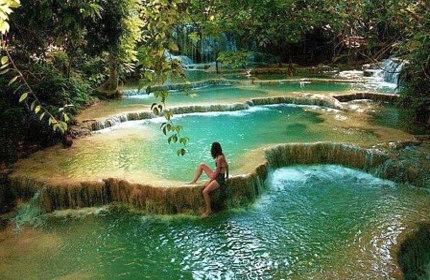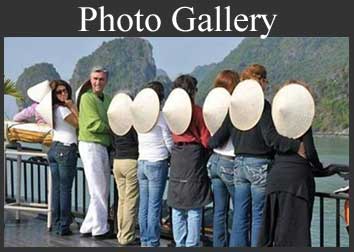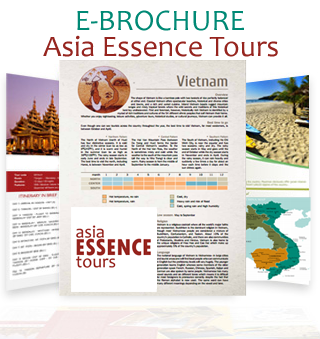Chiangmai
Chiang Mai, sometimes known as Chiengmai or Chiangmai, situated at the north corner of Thailand, is the second largest city of the country and the political, economic, cultural center of northern Thailand. It is the capital of Chiang Mai Province, former capital of the Lanna Kingdom, ruled the vicinity from late 13th to mid 18th century. It is located 700km (435mile) north of Bangkok, among the mountainous district in the country. Chiang Mai is dominated under a tropical wet and dry climate, with warm to hot weather all year round, temperature hovering between 35°C and 42°C. The highest temperature ever recorded is 42.4 °C (108.3 °F), in May 2005.
.jpg)
Chiang Mai, like Bangkok and other places in Thailand, has an intense Buddhism ambience, depicted by the more than 300 Buddhism temples around town. Wat Chiang Man is the oldest temple in Chiang Mai, dating back from the 13th century. King Mengrai lived here while he was constructing the city. This temple houses two significant and broadly-worshipped Buddha figures, the marble Phra Sila and the crystal Phra Satang Man. Wat Phra Singh is located within the city walls, dating back from as early as 1345 and offering an example of classic northern Thai style architecture. It houses the Phra Singh Buddha, a highly venerated figure brought here many years ago from Chiang Rai. Wat Chedi Luang was founded in 1401 and is dominated by a large Lanna style chedi which took many years to finish. An earthquake damaged the chedi in the 16th century and only two-thirds of it remains nowadays.
Chiang Mai is also the venue for holding multiple major traditional festivals of Thailand, among which the most prominent one is evidently the Loi Krathong, held on the full moon of the 12th month in the traditional Thai lunar calendar, being the full moon of the 2nd month of the old Lanna calendar. In the western calendar this usually falls in November. Every year thousands of people assemble floating banana-leaf containers (krathong) decorated with flowers and candles onto the waterways of the city to worship the Goddess of Water. Lanna-style sky lanterns (khom fai or kom loi), which are hot-air balloons made of paper, are launched into the air. The sky lanterns are believed to help rid the locals of troubles and are also taken to decorate houses and streets.
Songkran is held in mid-April to celebrate the traditional Thai New Year. Chiang Mai has become one of the most popular locations to visit for this festival. A variety of religious and fun-related activities (notably the good-natured city-wide water-fight) take place each year, along with parades and a Miss Songkran beauty pageant.


.jpg)
.jpg)
.jpg)
.jpg)
.jpg)
.jpg)
.jpg)

.jpg)
.jpg)
.jpg)
.jpg)
.jpg)
.jpg)
.jpg)
.jpg)
.jpg)




